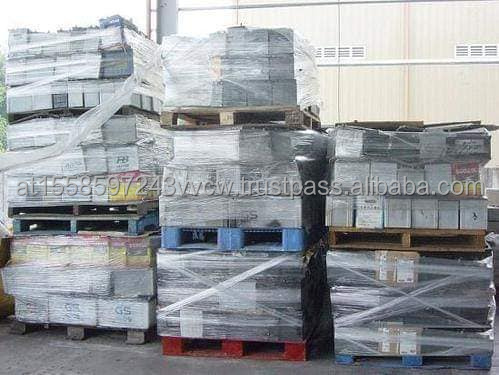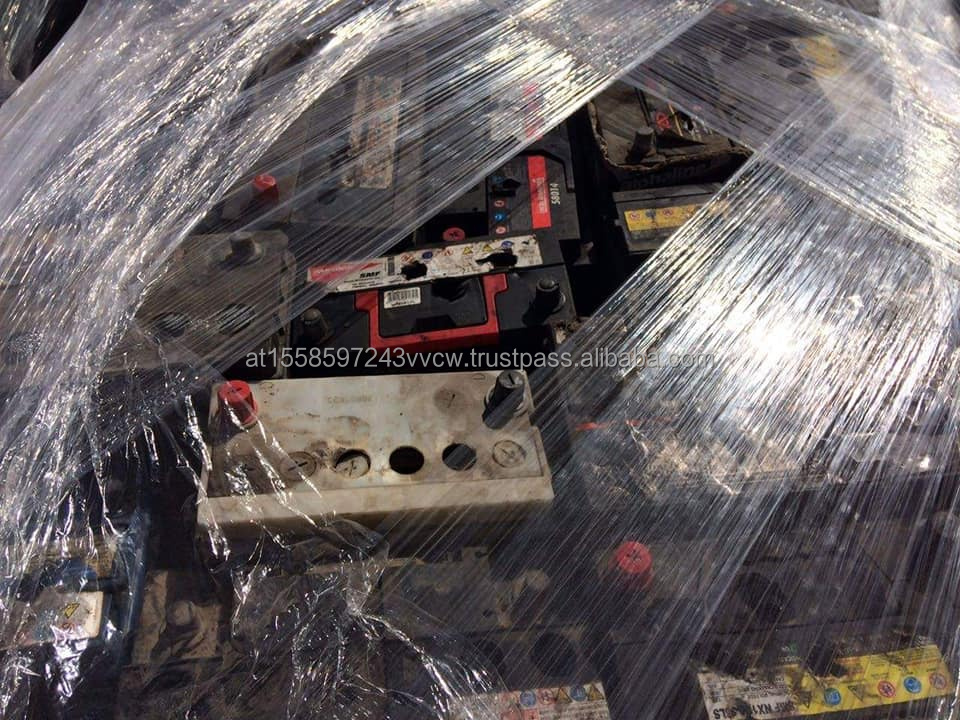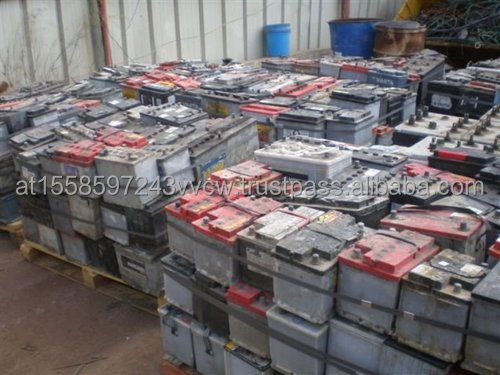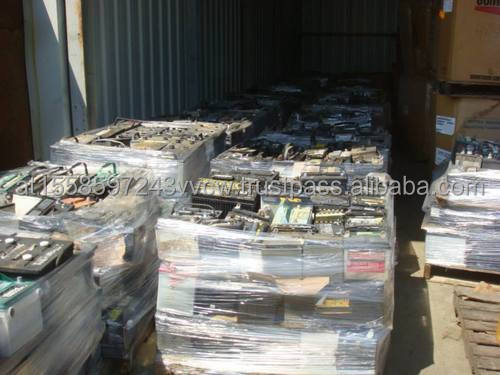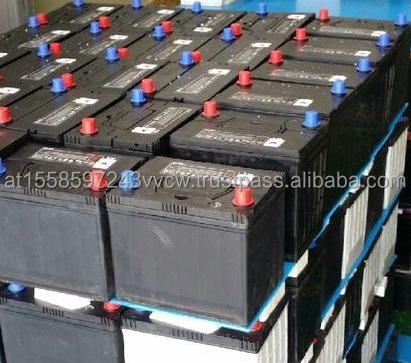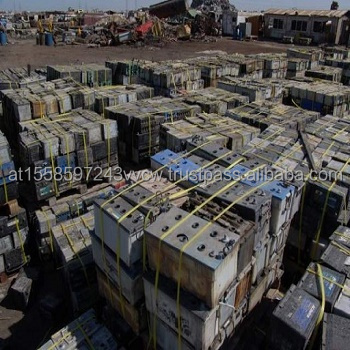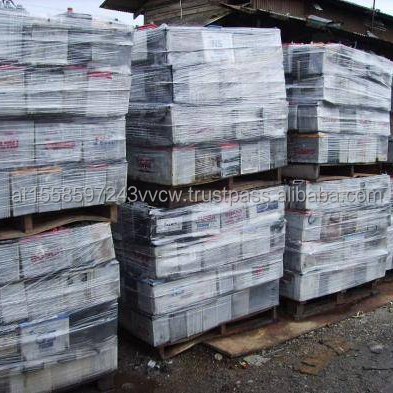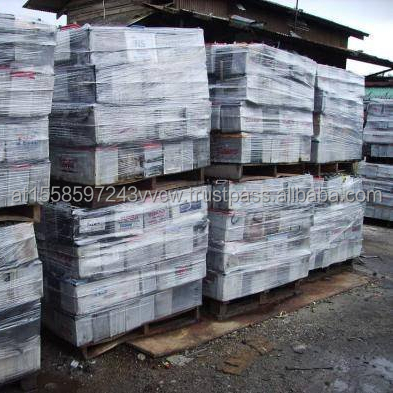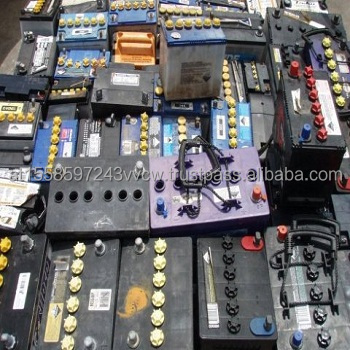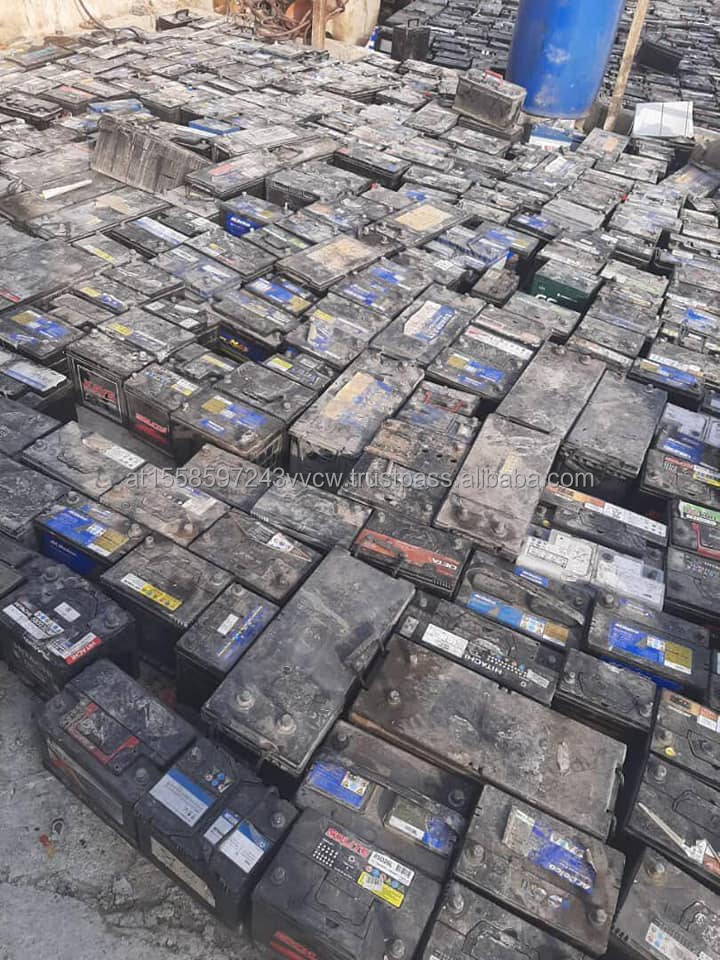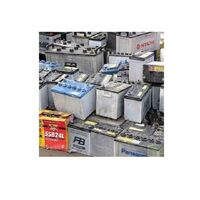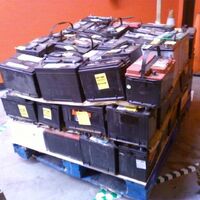Buy Cheap Wholesale Waste Lead Acid Battery Scrap/Used Car Battery Scrap For Sale at Factory Cost
- $2.00 / >=10 metric tons
- 10 metric tons
- ML Besitz GmbH
- Volkermarkt, China
- Mr Lobnig
| model: | 9001201025 | sample: | usable |
| brand: | used car scrap | payment terms: | Western Union, T/T, MoneyGram |
| type: | Lead battery plate waste | Packaging Details: | at the buyer's request |
| Lead content (%): | 15 - <%20 | port: | port of vienna |
| Origin: | Austria | Supply capacity: | 4620 tons per month |
Drained lead-acid battery scrap/drained whole battery (rain)
Discharged lead-acid battery waste. Lead-acid batteries consist of plates, lead and lead oxide, and a 35% sulfuric acid and 65% aqueous electrolyte solution. Lead-acid batteries account for nearly 60% of all batteries sold globally.
Classification:
Generally, lead-acid batteries come in two types, flooded or sealed, depending on their method of construction. A flooded (or wet) lead-acid battery is one in which the electrodes/plates are immersed in an electrolyte solution. Electrolyte-fixed sealed lead-acid or valve-regulated lead-acid (VRLA) cells.
All lead-acid batteries generate hydrogen and oxygen gas (gassing) at the electrodes during charging through a process called electrolysis. These gases can escape from water-filled cells; however, the construction of sealed cells allows the gases to be contained and recombined.
Lead Acid Battery Waste Recycling
The grid structures in both batteries are made of lead alloys. Pure lead grid structures are not strong enough, so small amounts of other metals such as antimony, calcium, tin, and selenium are alloyed to increase strength and improve electrical performance.
The electrolyte in lead-acid batteries is a dilute solution of sulfuric acid (H2SO4). The negative electrode of a fully charged battery consists of spongy lead (Pb) and the positive electrode consists of lead dioxide (PbO). The separator is used to electrically isolate the positive and negative electrodes.
used batteries
A typical lead-acid battery includes: a metal grid, electrode paste, sulfuric acid, lead alloy connectors and posts, and a grid separator made of PVC. The battery assembly is contained in a corrosion- and heat-resistant housing, usually made of plastic (polycarbonate, polypropylene, or polystyrene).
|
Element |
[weight-%] |
|
Lead (alloy) components (grids, electrodes...) |
25-30 |
|
Electrode paste (fine particles of lead oxide and lead sulfate) |
35 – 45 |
|
Sulfuric acid (10 – 20 % H2SO4) |
10 – 15 |
|
Polypropylene |
5 – 8 |
|
Other plastics (PVC, PE, etc.) |
4 – 7 |
|
hard rubber |
1 – 3 |
|
Other materials (glass, ...) |
< 0.5 |
Table: Composition of typical lead-acid battery waste
In the past, grids were mainly made of antimony-lead alloys, but new trends show an increase in the use of calcium-lead alloys. The electrode paste of used batteries is a mixture of lead sulfate and lead oxide. The composition of typical battery waste is given in the table.
Waste lead-acid battery waste
Spent lead-acid battery scrap shall include whole spent lead/acid batteries. May contain plastic or rubber boxes, but must not contain wooden, metal, or glass boxes. Similar to ISRI code RAINS.
This is the favorite type of raw material for lead recyclers/smelters or the recycling/smelting industry. We provide rotary smelters to process such raw materials, equipped with equipment and machinery for handling and separating lead.
Where can I buy scrap lead battery scrap in bulk?
Of course here.We sell used car battery scrap at great prices and wholesale quantities.
Our acid battery scrap rate is 99.99%.
Monthly supply capacity: 500 – 1500 metric tons,
Type: various waste batteries,
Iron content: HMS
Iron content (%): 100%
Depleted Battery Scrap: Black
Packaging Details: Tray with shrink wrap
Waste lead-acid battery waste:Have you been looking for reliable and legal high quality Scrap Products dealers and suppliers? We are here for you and we are always working hard to provide you and your most esteemed company with quality service at an affordable price.
